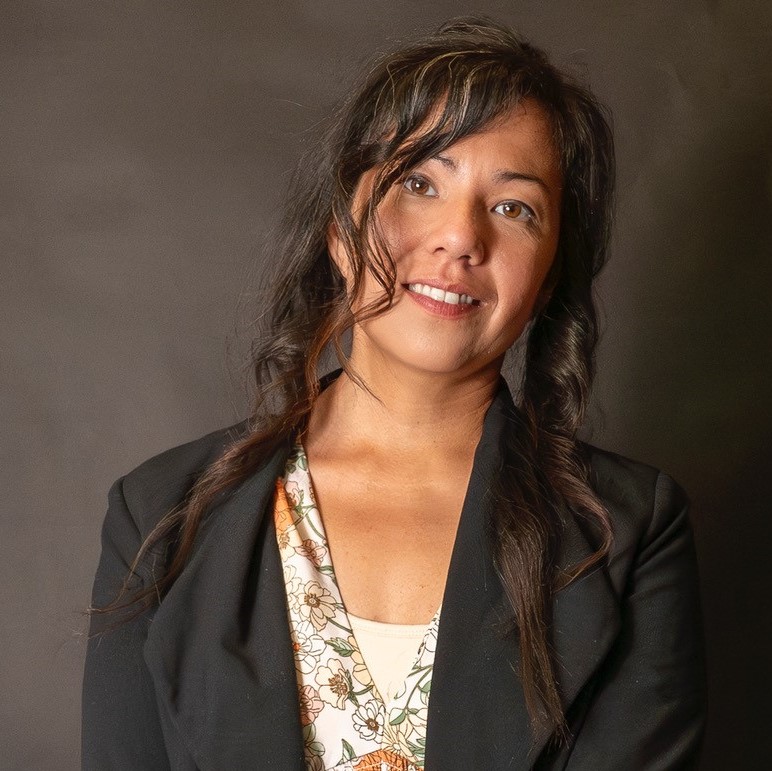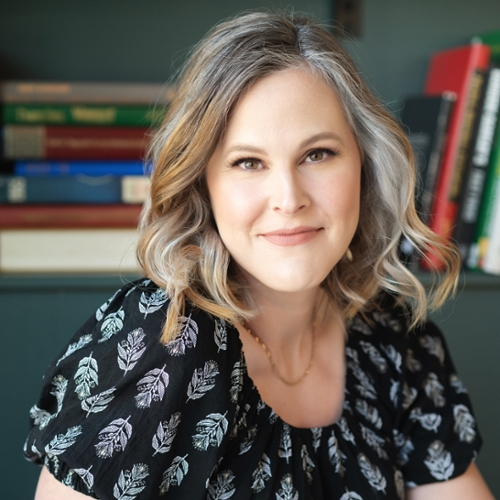Key Points
- We offer single-day workshops facilitated by a small group of health care providers and people with lived experiences of substance use.
- We collaborate with communities to share knowledge, skills, and connections with the goal of improving care of people who use substances.
- We invite all Saskatchewan health and social care/support providers, and other community members who support and work with people who use substances.
Interested in bringing a training session to your community? Complete our online expression of interest form to make your request.
Locations will be considered on an ongoing basis until March 2024.
About the Project
What We Offer:
The goal of the Harm Reduction Learning & Connections project is to offer training and support for providers to strengthen care that:
- Is compassionate, person-centred, and non-stigmatizing
- Uses shared decision-making with an evidence-based harm reduction approach
- Is safe and accessible for people who use substances
How We Offer It:
Our team plans to deliver single-day workshops in communities across the province. We want to bring together health and social care/support providers to strengthen the community’s ability to effectively and compassionately support people who use substances.
The training sessions will include educational sessions, participant engagement, and connection-building.
What Participants Will Learn:
Participants will develop knowledge in the areas of:
- Trauma-informed practice
- Person-centred care
- Strengths-based approaches
- Non-stigmatizing care
- Practical harm reduction strategies and resources
By the end of this course, participants should be able to:
- Identify elements of person-centered care in the context of providing support to people who use substances.
- Discuss the principles of trauma-informed practice.
- Recognize the importance of strengths-based approaches in harm reduction practices.
- Recognize instances of stigmatization and develop strategies to foster non-stigmatizing care within their practice.
- Apply practical harm reduction strategies to enhance the safety and wellbeing of people who use substances.
All levels of knowledge and experience are welcome!
This training is designed for anyone who supports and works with people who use substances. This includes health and social care/support providers and other community members.
Bottom Line
This project is needed because it can help providers to understand impacts of individual substance use as well as those caused by problems within systems. When care providers understand all potential harms and take a non-judgmental approach, they can reduce barriers and truly work together to support people who use substances.
Background
When people consider the harms associated with substance use, they often focus on the impacts of the substance itself, like:
- The dangerous effects of drinking and driving
- Saskatchewan’s high HIV rates associated with injection drug use
- The drug overdose crisis, happening across North America, caused by the toxic illegal drug supply
Examples of solutions to avoid or minimize these harms might be safe ride home programs, safe injection sites, or distributing naloxone kits.
It is important to remember there are other important harms people might face as a result of the system itself.
System-level harms can result from:
- Drug policy which over-emphasizes punishment
- Stigma based on biases and stereotypes that prevent meaningful engagement in healthcare
- Provider-patient relationships that don’t give patients control over their own care
Examples of solutions to reduce system-level harms include creating safe spaces for people to discuss use of substances, using inclusive language, and engaging in person-centred care which acknowledges a person’s lived expertise.
Addressing “system-level harms” that are within providers’ control empowers them to reduce barriers in healthcare, contribute to meaningful change in communities, and support the health and wellness of people who use substances.
See “What is Harm Reduction?” for more details and examples of what harm reduction looks like.
Vision: Facilitating best health for people who use substances in Saskatchewan through compassionate and accessible care.
Mission: To foster safe, pragmatic, non-judgmental care for people who use substances through:
- Facilitated learning about harm reduction for healthcare providers,
- Networking and promoting connections, and
- Knowledge exchange
Values:
- Harm Reduction: Meet people where they are at
- Equity-informed
- Embracing different perspectives, types of “evidence”, and expertise
- Centering voices of people with lived experience and recognizing them as experts in their own lives
- People who use substances are worthy of dignity, respect, and support, just as they are
Other training programs which have been developed previously through USask CPE’s partnerships, and with the support of Ministry of Health funding, including:
- The Harm Reduction Primer created for Saskatchewan’s Pharmacy Professionals, and
- The Health Sciences Interprofessional Education modules on Harm Reduction, described in a blog here, available for all post-secondary health sciences learners in Saskatchewan.
This project has been made possible through funding obtained from the Community Care Branch of the Ministry of Health in Saskatchewan. Workshop registration fees can be kept to a minimum, at only $50 per participant, because of this funding.
About Our Team
Addictions Counsellor and Person with Lived Experience
 |
Brandi Abele is a university student, working on finishing her BA in Sociology. She is a person with extensive lived expertise of drug use, and a board member for the Canadian Association of People who Use Drugs. Brandi trained as an Addictions Counsellor and received her diploma with distinction in 2012. Brandi left active practice in counselling in late 2016, due to health issues and the needs of her son who is Autistic, and is now returning to work from home. Her work in the past two years has included employment by the Public Health Agency of Canada, Substance Use and Addictions Program, Canadian Research Initiative in Substance Misuse, U of S, U of A, St Michael’s Hospital in Toronto, BCCSU, among others. Brandi likes to paint and draw, read, learn, watch documentaries, travel, play with dogs, and play video games. She hopes one day her health will allow her to return to full time work in the North |
BA
 |
Brianna is the Projects and Evaluation Manager at medSask and the Continuing Professional Development for Pharmacy Professionals of the University of Saskatchewan. She is an experienced people leader, project manager, researcher, and presenter. With over ten years of research and evaluation experience, Brianna supports the development of best-practice evaluation strategies to measure and guide program success. Brianna is passionate about social improvement initiatives and the application of methodological rigour to guide strategic decision-making. |
Consultant, Harm Reduction
 |
Jannica Hoskins is a Program Consultant (harm reduction) working with Continuing Professional Development for Pharmacy Professionals out of the University of Saskatchewan. Jannica is a Métis Consultant and accredited documentarian and educator. Additionally, Jannica works for the Central Urban Métis Federation Incorporated Supported Living Homes providing emergency on call support in case management, mental health, and addictions. |
Past Team Members
BSW, MSW, RSW (SK)
 |
A life-long “pot-stirrer” and “boat rocker”, Erin is a social worker, consultant, and educator who is passionate about helping create communities and organizations where all people can feel safe and connected and be as well as possible. She loves the challenge of finding creative ways to share information and stories, support one another, and provide compassionate care. Raised on a farm in Treaty 4 Territory in Southwest Saskatchewan, she, her wife, and their furry companions have called Treaty 6 Territory and Homeland of the Métis (Saskatoon, SK) home for over 20 years. |
BSP, MBA, ACPR
 |
Amy is a pharmacist who is driven to push boundaries by finding new ways to strengthen the health care of the people in Saskatchewan. Over the past (nearly) 15 years, she is grateful to have worked in a variety of settings on Treat 6 Territory, including Saskatoon’s acute care hospitals, the USask Chronic Pain Clinic, RxFiles Academic Detailing, and as a Program Consultant with the Continuing Professional Development for Pharmacy Professionals (CPDPP). Amy brings a growth mind-set to all aspects of her life and enjoys learning new things both on and off the job. |
Training Schedule
New locations will be advertised as they become available.
Expression of Interest Form
Want us to come to you? Please put in a request by filling out the Expression of Interest form. Locations will be considered on an ongoing basis until March 2024.
What is Harm Reduction?
You won’t find a formal definition of “Harm Reduction” in the dictionary. In fact, to fully embrace and internalize a harm reduction mindset takes time and self-reflection. It’s the reason why we are facilitating the workshops! We will spend a whole day exploring this topic together.
To begin to understand harm reduction, it can help to consider what it is not.
- It is not encouraging people to do negative behaviors,
- It is not “enabling” people to use substances more,
- It is not simply making substance use easier, and
- It is not encouraging more potentially harmful behaviors.
In plain terms, harm reduction means:
- Building non-judgemental and trusting relationships between care and service providers with the people they serve,
- Fully accepting people and acknowledging their value as they are, and then
- Helping offer options that might help people avoid harmful consequences and improve health and wellbeing.
A familiar example of harm reduction is the use of seatbelts in vehicles. We know that there is risk when people ride in a vehicle. Harm can easily result due to human error and we accept that sometimes mistakes happen. Rather than asking people not to ride in vehicles, we ask them to wear a seatbelt to prevent accidents from being even worse. We don’t worry that people will drive more recklessly simply because of the seatbelts. These same principles can be applied to other things which can have negative consequences, like using substances.
There are a variety of practical programs and services which also aim to improve health and wellbeing through harm reduction approaches. Examples include:
- Safe/supervised consumption sites,
- Needle and syringe distribution programs,
- Take-home naloxone kits,
- Managed alcohol consumption programs, and many more examples!
Harm reduction is a good thing and it is important! All human service providers should know about and support this important approach to helping people.
To learn more about the Principles of Harm Reduction,
- Check out this handout created by the National Harm Reduction Coalition, and
- Fill out the expression of interest to request to bring us to your community!
If you are interested in learning more about harm reduction in advance of the workshop, please feel welcome to access the following links/resources:
- “I Practiced Harm Reduction & Didn’t Even Know it” (~3:00 read) - Harm reduction is relevant in all areas of life. We do it all the time!
- MYTH: People who use substances don't deserve help (a 1:46 video, a Saskatchewan-made video)
- Johann Hari: Everything you think you know about addiction is wrong | TED Talk (a 14:33 video, and time well spent! Speaks to the importance of connection)
- National Harm Reduction Coalition - Harm Reduction Truth (a 4:49 video)
- Choosing Harm Reduction (a 3:02 video)
Contact Us
If you have any questions about this project, we invite you to contact us.
Brianna Groot, Projects and Evaluation Manager
- Phone: (306) 966-5823
- Email: brianna.groot@usask.ca

